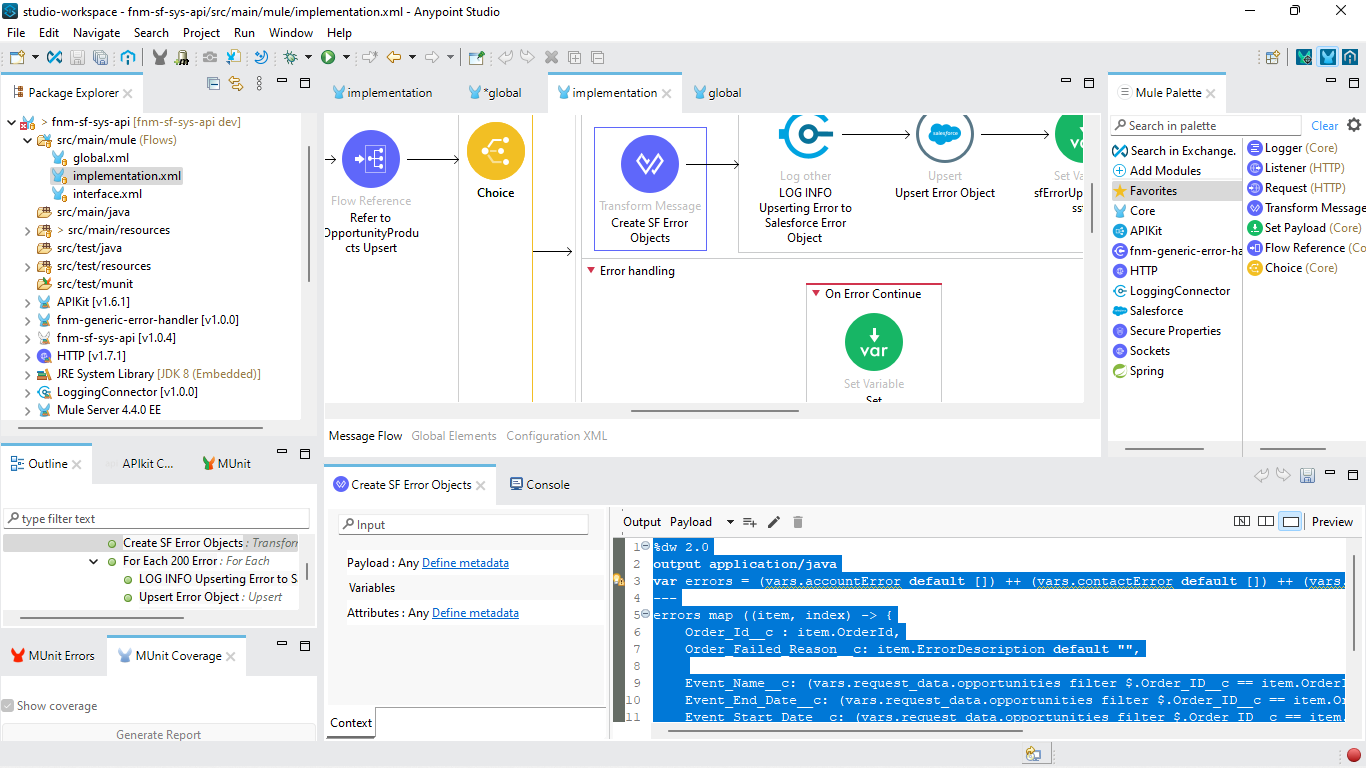Mulesoft + Salesforce: Unlock Hidden Potential
Introduction:-
In the ever-evolving landscape of enterprise technology, efficient data integration is a cornerstone for streamlined operations. This blog delves into the powerful synergy between MuleSoft and Salesforce, showcasing a working example of how these platforms can be seamlessly integrated to facilitate data transfer and enhance overall business processes.
In today’s rapidly evolving business landscape, achieving seamless data integration is a crucial aspect of staying competitive and optimizing operational efficiency. Twopir Consulting is at the forefront of this transformation, leveraging the powerful synergy between MuleSoft and Salesforce to unlock new possibilities in data integration.
To begin, let’s understand the significance of integrating MuleSoft and Salesforce. MuleSoft is a robust integration platform that allows businesses to connect applications, data, and devices, while Salesforce is a leading customer relationship management (CRM) platform. The integration of these two powerhouses enables organizations to achieve a unified and synchronized data environment.
The first step involves setting up the integration between MuleSoft and Salesforce. Configure the connection to enable seamless communication between the platforms. This ensures that data can flow effortlessly between the two systems.
Visualize the seamless transfer of data from MuleSoft back into Salesforce. This step ensures that updated information is reflected in the CRM, providing a real-time, accurate representation of business data.
Understanding MuleSoft and Salesforce Integration:-
Setting Up the Integration:-
Invoking MuleSoft from Salesforce:-
Now, let’s consider a scenario where a sales representative in Salesforce wants to initiate a data transfer process using MuleSoft. Create a trigger in Salesforce to invoke MuleSoft workflows based on specific events or criteria. Explore how to make API calls from Salesforce to MuleSoft, triggering data transfer processes that can be customized to meet the organization’s specific requirements.Transferring Data Between MuleSoft and Salesforce:-
Once MuleSoft is invoked, explore how to map and transform data within MuleSoft to ensure compatibility between the two platforms. This step is crucial for maintaining data integrity during the transfer process.Benefits and Considerations:-
Discuss the advantages of integrating MuleSoft with Salesforce, such as enhanced data accuracy, improved efficiency, and the ability to create a unified view of customer interactions. Address considerations such as security, scalability, and maintenance.- Improved Customer Relationship Management (CRM)
- Accelerated Time-to-Market
- Seamless Data Connectivity
- Enhanced Workflow Automation
- Enhanced Data Quality and Accuracy
- Scalability and Flexibility
- Real-Time Insights


